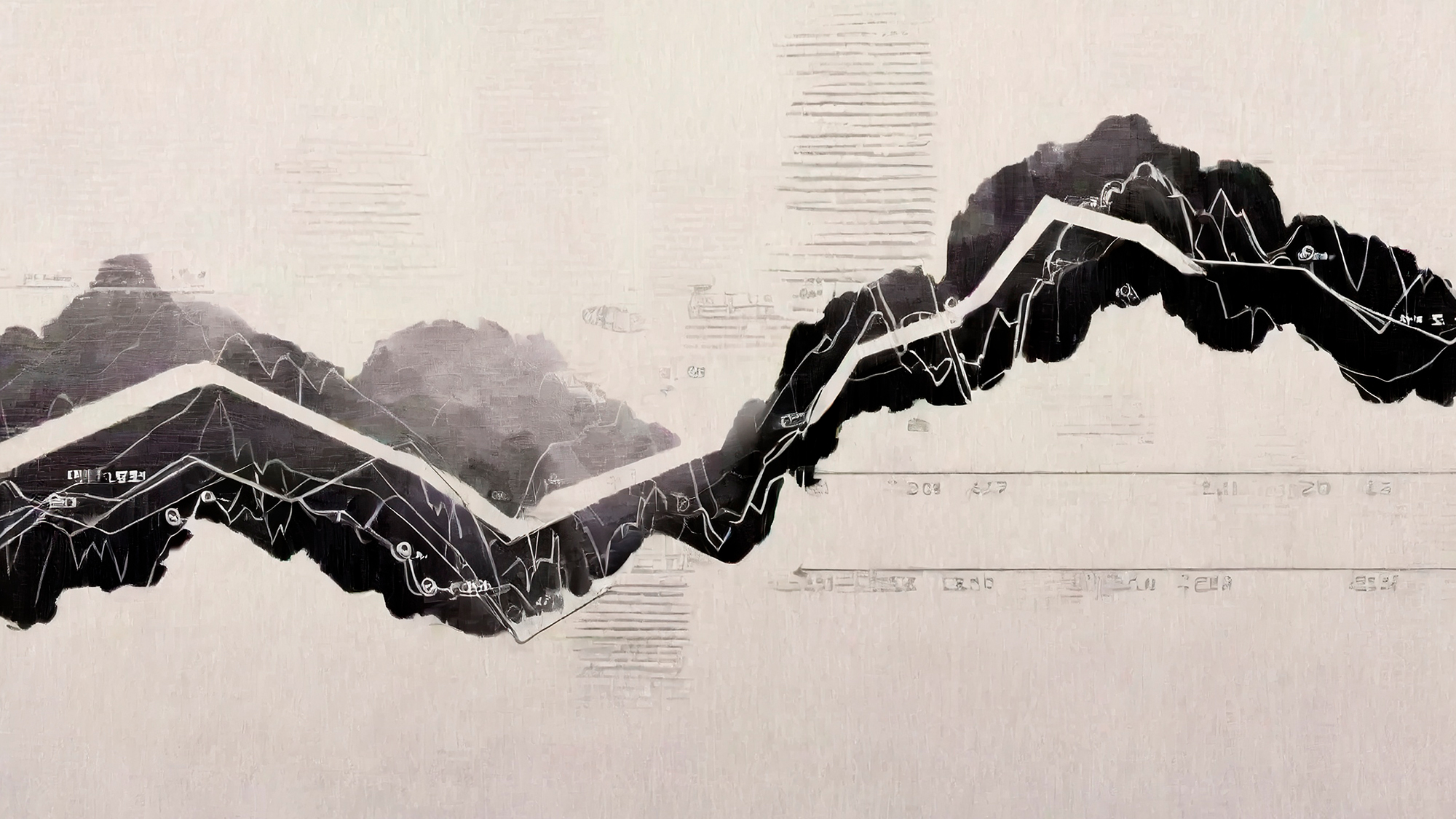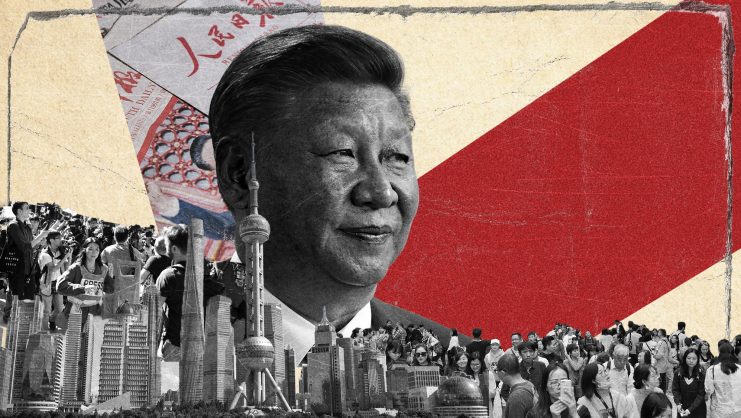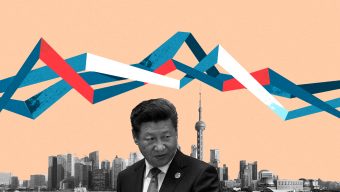As I reflect on the general consensus that China is growing faster than the United States and that its economy is set to outstrip that of the United States in terms of current GDP, I am reminded of Francis Bacon who, in his Novum Organum – one of the key treatises in the development of the scientific method in the 17th century – wrote: “For what a man had rather were true he more readily believes.”
By the end of the third quarter 2023, the Chinese economy had grown nominally by 3.5%, and the US economy by 6.4%. Although nominal growth is sometimes overlooked (higher inflation means higher nominal growth), it is taken into account when comparing the size of two economies in dollars. Many analysts have been predicting that the Chinese economy would outperform the US economy in terms of nominal GDP for a number of years. Since this has not happened, and the gap is starting to widen, they often respond by delaying the year of the famous “convergence.”
In reality, it may not happen at all. In the end, a country’s nominal growth depends on three factors: a) hours worked, b) productivity per hour worked, and c) the GDP price deflator, which largely coincides with the path of inflation. The number of hours worked depends on how many young people enter the labor market versus how many older people retire and is adjusted mainly due to labor force immigration. Productivity depends on the growth of the capital stock and the ability to produce more with existing means, a factor known as “total factor productivity.” Inflation depends on the relationship between the supply and demand for goods and services. The first factor has a negative contribution in China and a positive contribution in the USA, due to the evolution of demographics and net immigration, generating a difference in the variation of hours worked in favor of the United States of approximately 0.5%. From 2030 onwards, the differential will be closer to 1% (as the active population is set to grow marginally in the USA and will begin to fall by 1% a year in China).
The second factor – productivity growth – benefits China more than the United States (it was around 1.5% in China over the period 2000-19), as it is easier to grow productivity from poor performance levels than from high levels. However, Chinese productivity is increasing less and less, which can be explained by the fact that China is an over-invested economy (which will lead to lower future capital stock growth), as well as by the fact that the public sector is progressively displacing the private sector (the former is less productive than the latter) in the economy, and by the collapse in the flow of foreign direct investment, which negatively affects productivity. These dynamics are gradually narrowing the productivity growth difference between the two countries.
Finally, the United States is facing declining but structural inflation whilst China is on the receiving end of deflationary pressures. Thus, while US inflation stands at 3.1%, China is experiencing price falls of 0.5%. In other words, a spread of 3.6% in favor of the USA.
The sum of the three figures explains why the US economy is growing more than China’s. The upshot is that the US economy’s share of world GDP has risen, widening the gap with the Asian country, contrary to all forecasts.
Nominal growth in the United States will exceed that of China.
It has been argued that it is better to analyze data with purchasing power parity (PPP) when comparing economies. This is true if one is trying to measure the standard of living of an inhabitant, but its usefulness is debatable if one is analyzing a country’s aggregate production. If country A produces ten loaves of bread and has ten inhabitants, and country B produces seven loaves of bread and has 40 inhabitants, when the cost of a loaf of bread is half in relative terms in country B versus A, one can adjust this factor in GDP per capita to understand the standard of living of a citizen since, in relative terms, although the inhabitants of the second country will be worse off than those of the first, the reality is that the standard of living will not be as poor as the division between production and inhabitants, though this will have to be nuanced by the relative cost of goods and services in each country. However, in absolute terms, the first country produces ten loaves, the other seven. If each loaf of bread is worth two dollars, one country produces 20 dollars and the other 14. As of today, the US economy produces about 25 trillion dollars, whilst the Chinese economy stands at 18 trillion dollars.
If we look at real growth (net of inflation), annualized real growth in the third quarter was close to 5% in both economies. It is true that the US economy has been driven by cyclical factors, above all by consumption led by fiscal stimuli for households of close to 7% of GDP that were applied during the pandemic. It is also true to say that, as China has started from a much lower GDP per capita base, it will find it easier to grow more than the United States for a few years in real terms. However, the actual spread has narrowed, and if inflation data is taken into account, nominal growth in the United States ends up being higher than in China, a trend that is likely to continue in the future. China may experience a period of deflation or disinflation due to its real estate crisis, which could lead to a financial meltdown, in which case its real growth would be significantly lower than the consensus forecast. In theory, the currency of a country experiencing lower inflation than that of a country with higher inflation should appreciate. However, there is downward pressure on the Chinese currency rather than upward, due to much more complex factors.
This forecast, together with the narrowing of the productivity differential and the favorable spread for the United States in terms of demographics, once again highlights what is relevant: nominal growth in the United States will exceed that of China, which is why it will continue to be the world’s leading economy.
As the Danish philosopher Soren Kierkegaard said, “life can only be understood backwards, but it must be lived forwards.”
Place your bets.
© IE Insights.











